Author – Trisha De Niyogi
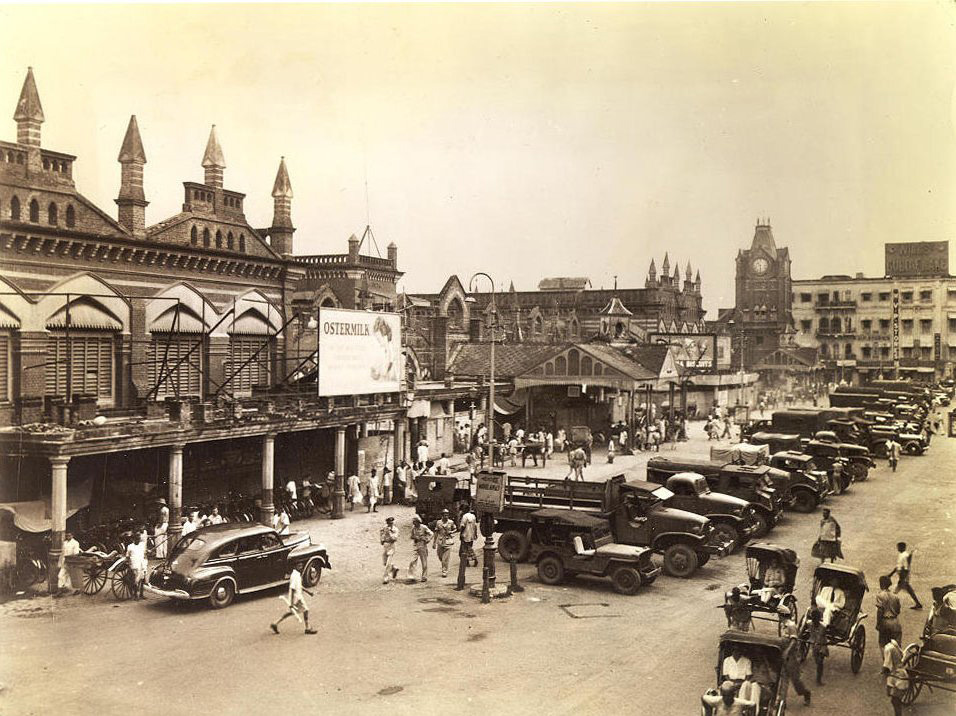
“Palace, byre, hovel –poverty & pride – side by side” – Rudyard Kipling
As I peer through the tiny ovoid window of my aircraft, the aerial view of the city of Kolkata (erstwhile Calcutta) seemed verdure. Once I landed, even though several new structures seemed to have sprouted in the last few years, the old buildings– some grand and some decrepit – still seemed to be characteristic of the city described by Rudyard Kipling as ‘’packed and pestilential’’.
But Kolkata is my birth city. It holds my parents’ youth and my grandparents’ lives. The city I see is much different from the Howrah Bridge, Yellow Ambassador Taxis, Victoria Memorial, Grand Hotel or Esplanade. I see a city hidden behind masses of electric and telephone wires.
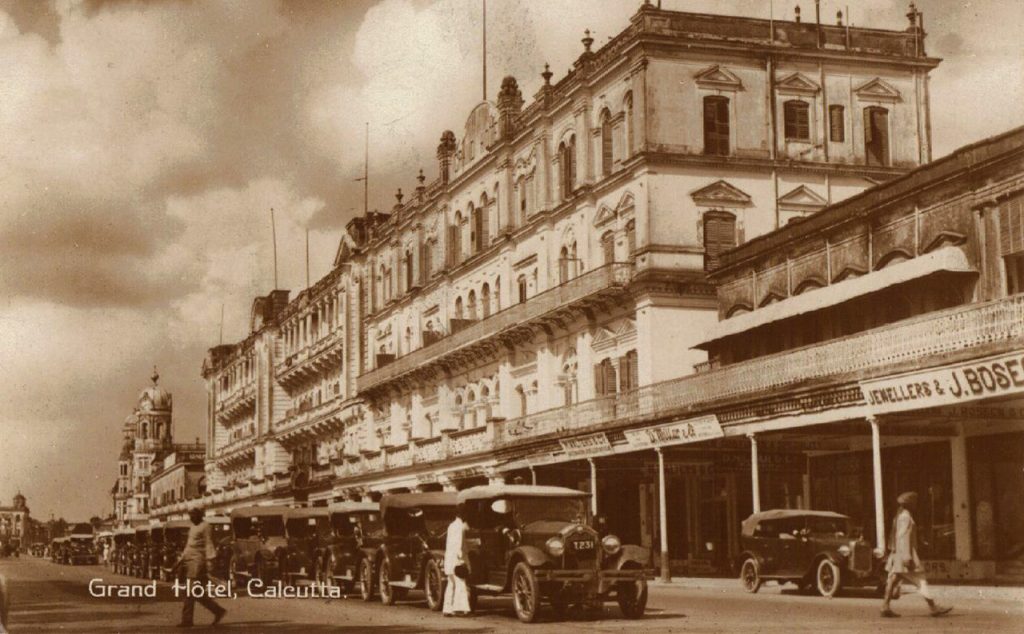
During my childhood visits to Kolkata though, I was blessed to see two absolutely different faces of Kolkata. I remember the 100 year old well-kept white house with blue roof slants, with a mango and a banana tree in the courtyard, where I spent most of my days. But, I also remember, and maybe much more fondly, the greyish black façade of the house which had slightly tilted over the years, especially the pink walls and green windowpanes. I still remember pressing my face against the bars on the window, peeping through them, looking at the market below and at my favourite tadka daal vendor. I feel lucky to have known and lived in houses through which I could learn about the ‘Great Houses of Calcutta’, which seems to be neglected by the historians, governments and even the people residing in them.
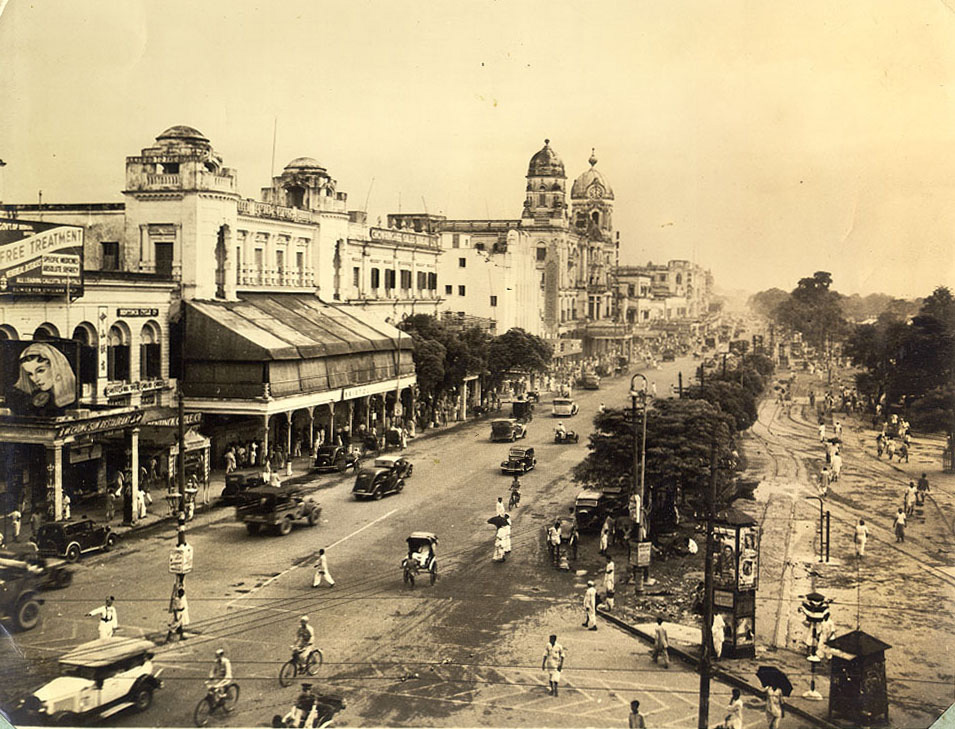
On the one hand, a replica of the London Clock tower has been built, not as a Durga Puja Pandal but, as a permanent structure in an attempt to make the city of Kolkata as glorious as London. On the other hand, the heritage buildings, which are the chromosomes of Calcutta’s individuality, have been neglected since long and some of them are even being torn apart to make way for newer structures.
Be it the Victoria Memorial or the Grand Hotel, the city’s character lies in its old world charm. Despite the much famed adda sessions or artistic and academic inclinations of the city, the main source of attraction still lies in the architectural marvels of the city, including the great houses which have recently figured in several Bollywood cinemas including Parineeta, Vicky Donor and Piku. These houses have not just been of great interest to our indigenous eyes, but to academicians from across the world as well.

Two of them, authors of the recently released book titled- The Great Houses of Calcutta, were Ms. Joanne Taylor & Prof. Jon Lang. Joanne Taylor is an art historian from the University of South Wales while Jon Lang is an emeritus professor at the school of Architecture, University of New South Wales.
The book is well-researched with informative text and beautiful photographs. It throws light on the very fact that makes Kolkata so special. It points out that some of the patterns were antecedents to the traditional Bengal architecture as the designs range from Greco-Roman style to modernist architecture. Not only that, the houses also borrowed and imported art, designs and ideas from other parts of India and west Asia. I had made note of this in one of my observations as well.
I have seen high ceilings with beams in many an old house in Kolkata, including mine, which worked well for the Bengal climate as they would keep the rooms cool. But, the long tall-pillared balconies would do just the contrary. The direct sunlight on the room’s walls would raise the temperature within. Therefore, I believed and it has been confirmed in the book, the use of horizontal wooden slats or jhilmils between the high columns. Such improvisations made it possible for artistic desires and practical needs to co-exist in these houses, thus becoming the style of houses in Kolkata.
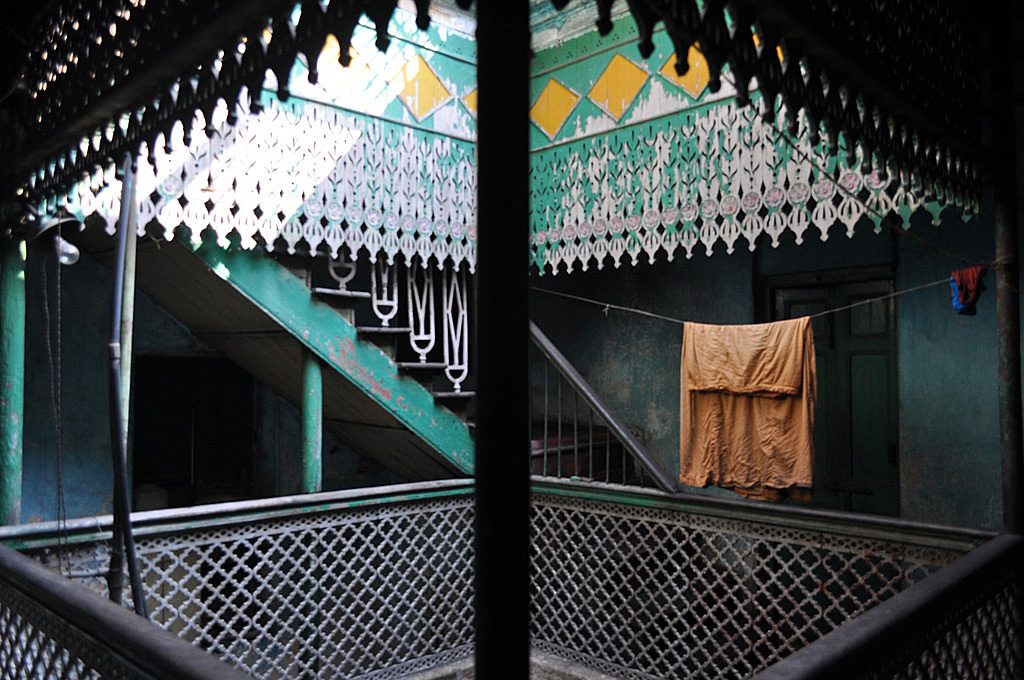
There were perhaps more than five hundred such great houses including gardens and pleasure houses in and around Calcutta. But, today only a handful of them remain. The book also talks about twelve of these existing houses selected as exemplars in aesthetics and planning. Jorasanko Thakurbari of the Tagore family and Mullick Mansion, better known as the Marble Palace, were of great interest to me personally, since my childhood.
These houses of Calcutta give great insights into the physiological, psychological, social and economic conditions, along with the architectural, artistic and even the religious preferences and their interactions in the past. The impressive estate entrances, which usually came in three generic styles – the arched, pillared and triumphal, were always the first things you saw and they were truly majestic. As they say, first impression is the last impression. These houses were a precursor to what were to follow, which proved much grander indeed.
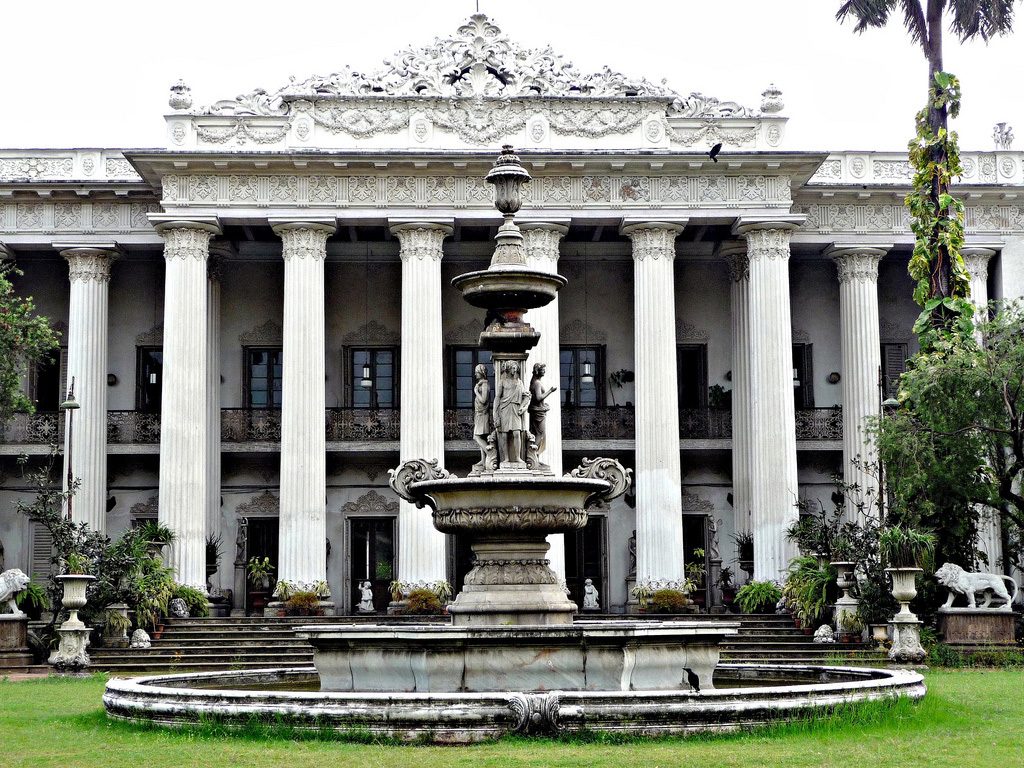
I still can’t forget the day when my father took me to the Marble Palace. I stood by the entrance pillars and I marvelled at the beautiful pillars till I peeped inside. The idle fountains and weed-ridden pathways give us a hint of what these mansions would have been when life thrived in them. The bold facades, the curving driveways, the well-manicured gardens and lawns and the duo-coloured porches of the Mullick Mansion had intrigued a little child back them and it still does.
The bahir mahal, which was the quasi-public heart of the great houses of Calcutta, was the men’s territory. The andar mahal was reserved for family members and a few servants. The two mahals were traditionally connected by passages or steep stairways that were often darker with tunnel-like appearances.
Rabindranath Tagore recalled:

A murky flickering lantern is hanging in the long Venetian screened corridor leading from the outer to inner apartments. At its end this passage turns into a flight of four or five steps, to which the light does not reach.
While reading these words, my mind raced back to the innumerous times when I had taken a rickshaw past these houses – some hidden and some in the open, wondering whether they still had people living in them or at least the ghosts of the past. The green shuttered windows with those wrought iron grills, the spaced porches and the red-oxidized floors give my birth city an old-world charm. It reflects in the amazing architectural ethos and interior designs of today, but they seem to be getting lost in the mad rush for multi-storey buildings and concrete chaos.








Well written Trisha! It reminded me of my days in Calcutta. Strolling through the bustling street observing the heritage buildings which called out for its imperail era charm.
Its a pity that a lot of these buildings have not been taken care of and are in tatters. But nevertheless, this city has a charm which makes me want to go back for more.
Thanks Abhishek 🙂
This piece was a delight to read. Myself Coming from Kolkata when i was reading it the picture was automatically getting formed in my mind. These traditional houses play the dual role of beauty as well as building climate resilience.
Thank you Aysha 🙂